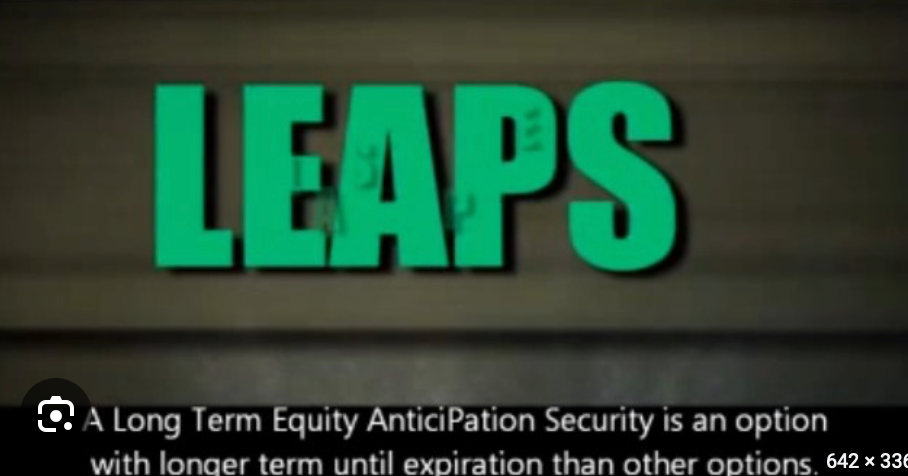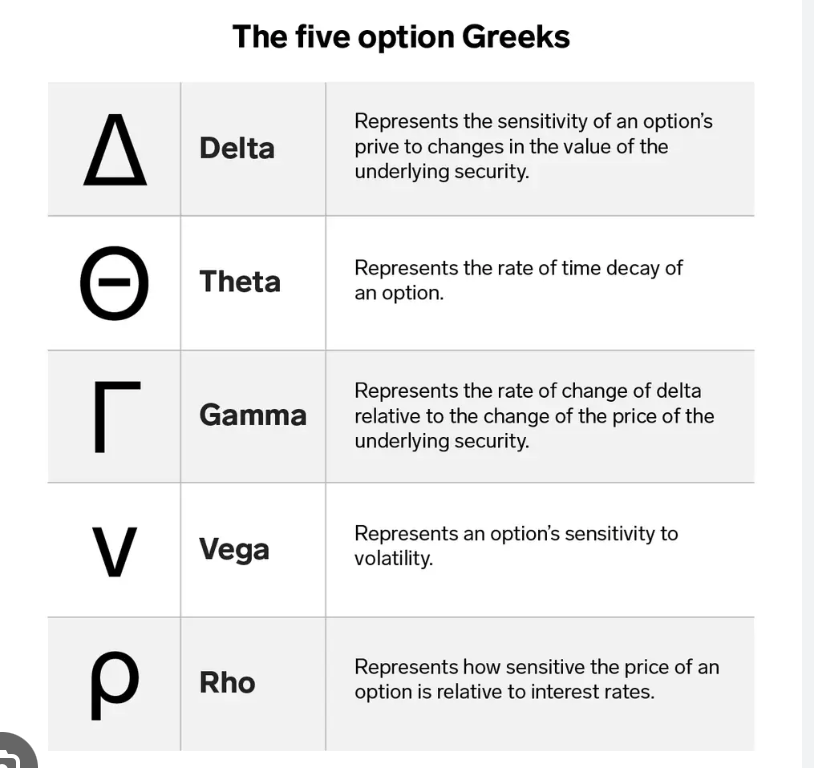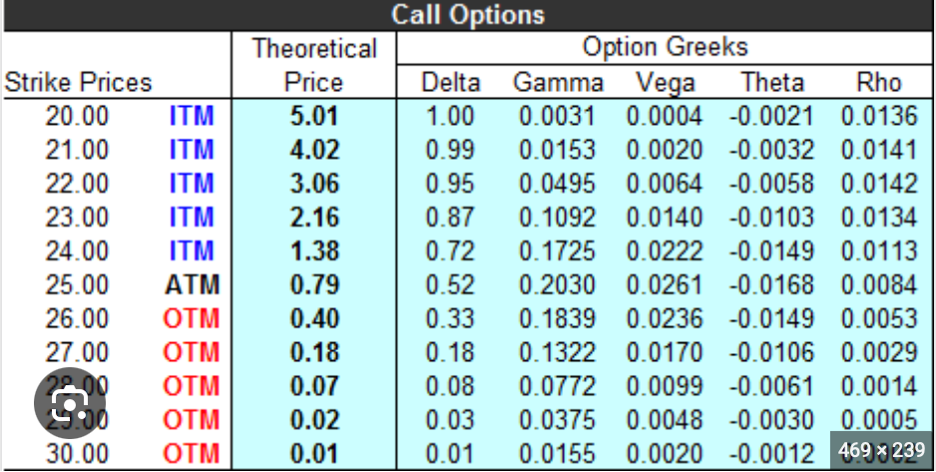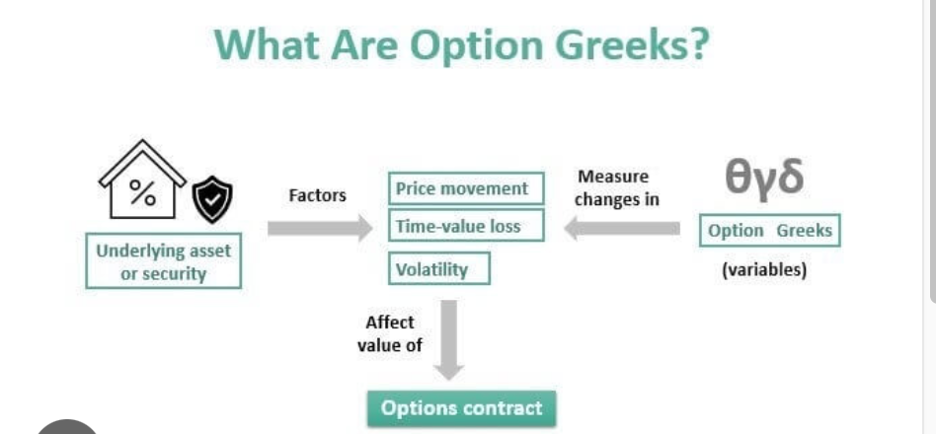(WELCOME TO THE WONDERFUL WORLD OF LEAPS)
June 16, 2023

Hello everyone,
LEAPS are going to be the flavour of the month for John this month, I believe. There are some wonderful setups out there in various sectors, so you must strike while the iron is hot.
For advanced personalised LEAPS coverage, you can sign up for Mad Hedge Concierge for $12,000. Everybody makes their money back on the first trade.
So, let’s dive into LEAPS and find out about them.
What are LEAPS?
Basically, LEAPS are longer-term options. The term stands for “Long Term Equity AnticiPation Securities.” Please note that the capital P in AnticiPation is not a typo. Just in case you are wondering.
Options with more than 9 months until expiration are considered LEAPS. They behave just like other options, so don’t let them confuse you. It simply means that they have a long “shelf-life”.
What’s the goal of LEAPS?
Traders reap benefits like those you’d see if you owned the stock while limiting the risks you’d face by having the stock in your portfolio. In effect, your LEAPS call acts as a “stock substitute.”
So, the first job is to pick a stock you would consider putting LEAPS on. Then you need to choose your strike price.
If you choose a LEAPS call that is deep in-the-money, it means that the strike price is below the current stock price. If you use this strategy, it is a good idea to look for a delta of .80 or more at the strike price you choose.
Just to clarify, a delta of .80 means that if the stock rises $1.00, then in theory, the price of the option will rise $0.80. If the delta is .90, then if the stock rises $1.00, in theory, your options will rise $0.90, and so on. The deeper in-the-money you go, the more expensive your option will be. That’s because it will have more intrinsic value. But the benefit is that it will also have a higher delta. And the higher your delta, the more your option will behave as a stock substitute.
It's good to know
A.70 or .80 delta is wise if you’re buying a LEAPS contract if you truly want to replicate the synthetic nature of the stock.
It’s a good idea to choose options with a strike price of at least 20% less than the current market price. The exception to this rule is when you know a stock is very volatile.
What is intrinsic value?
Intrinsic value is the profit you would realize by exercising the option immediately. For calls, intrinsic value is equal to the stock price minus the strike price. For puts, it is the strike price minus the stock price.
What is delta?
The most basic explanation of delta is that it is a measurement of how much an option’s price will change given a $1.00 move in the underlying security. In other words, delta is a number that dictates how much an options contract will change for every $1.00 the underlying asset moves in price. Call options have a positive delta that can range from 0.00 to 1.00. At-the-money options usually have a Delta near 0.50. The Delta will increase (and approach 1.00) as the option gets deeper ITM. The Delta of ITM call options will get closer to 1.00 as expiration approaches.
Why is delta important?
Traders need to understand how delta affects an options contract because it will determine how profitable the trade is and how likely the trade is to be profitable. In other words, it answers the question - will the options contract be likely to be in-the-money at expiration?
LEAPS have an end date unlike owning stocks. As expiration approaches, options lose their value at an accelerating rate. In other words, if you do a single LEAPS option – just buy LEAPS call without using a spread, time decay will work against you. So, pick your time frame carefully. Although, if you do a LEAPS option spread, the time decay works in your favour.
How many LEAPS should I buy?
So, now you have chosen the stock, your strike price, and the expiration month – at least one year out is a good choice or even two years out if your like. Now you must decide how many LEAPS calls to buy.
If you usually buy 100 shares when you purchase a stock, then it would be suitable to purchase 1 options contract. If you usually purchase 200 shares, then you would purchase 2 options contracts, and so on. It is totally up to you and is determined by the capital you have in your trading account and how much capital you wish to put to work in each trade. One piece of advice, if you can’t sleep at night, then you need to reduce the trade size. It’s that simple. The goal is to make money and improve your life – not increase your stress levels. There is no rush here, as once you have the skill and knowledge of how to trade options, you can trade forever – until your physical body signs out.
Why would I do out of the money call options?
Out-of-the-money (OTM) options are cheaper than other options since they need the stock to move much more to become profitable. The further out of the money an option is, the cheaper it is because it becomes less likely that the underlying will reach the distant strike prices. So, you would only buy (OTM) options when you are expecting a substantial increase in the price of the underlying stock. If this strategy works, the payout is great.
But the risk is also great. Many experienced options players often say that buying (OTM) options is a rookie mistake. Yes, they are cheap, but they have low delta, which means there is a high probability they will be unprofitable at expiration.
It’s always good to remind yourself that the goal of trading LEAPS options contracts is to make money.
So, you need to look at buying at the money or in the money options with quite a high delta. For example, you could look at an options contract with a delta of .70. Here you will find that the options contract will increase by .70 for every dollar that the underlying asset moves. Sounds like a good choice to me. They are not too expensive and have a high probability of being profitable.
Why would I do at the money call options?
At-the-money (ATM) options have a strike price that is equal to the underlying stock price. (ATM) options have no intrinsic value, but because they have time value (extrinsic value), they could potentially earn profits before they expire.
Can you sell LEAPS early?
LEAPS can be sold prior to expiration. So, for example, if the stock moves a lot in the first month after putting on the LEAPS and you are in profit, by a large margin, you can close the trade.
How are you taxed on selling LEAPS?
Any gains earned from LEAPS options held for over a year are taxed at the same long-term capital gains rate you’d pay if you’d held stock for over a year before selling.
Have a wonderful weekend.
Cheers,
Jacquie
Mad Hedge Jacquie’s Post










